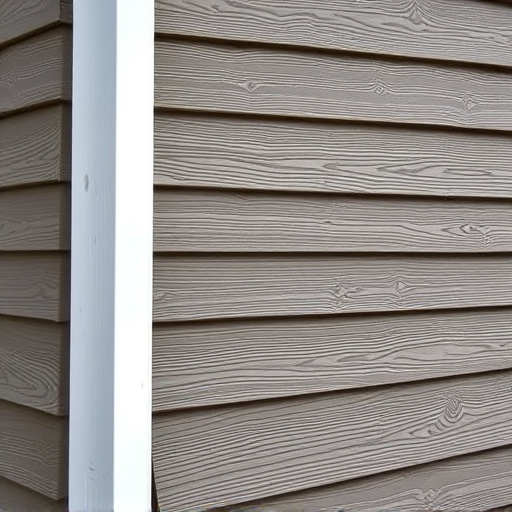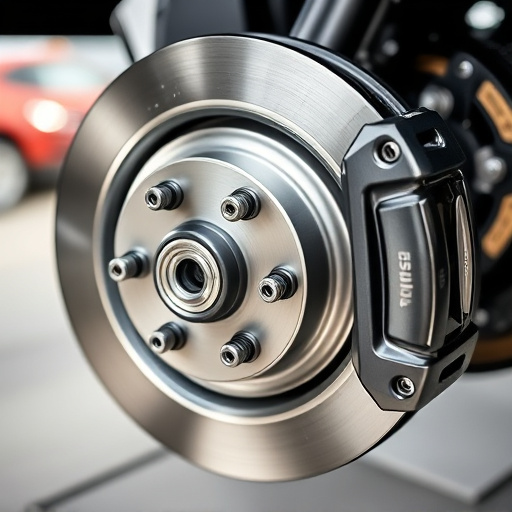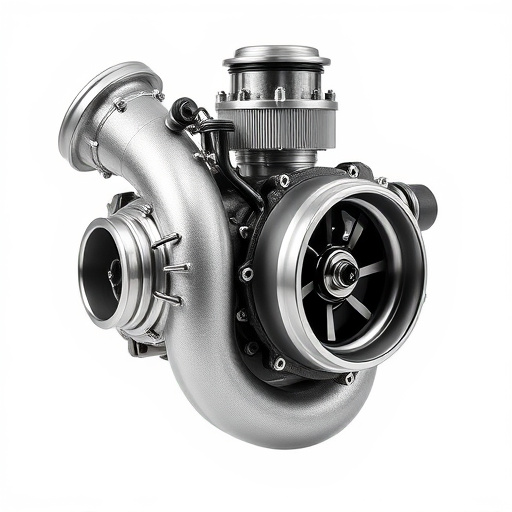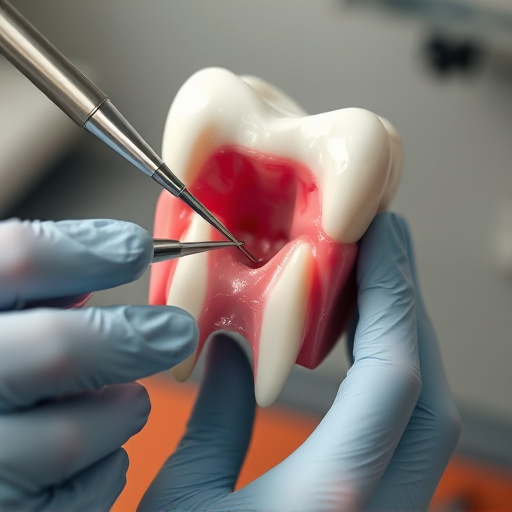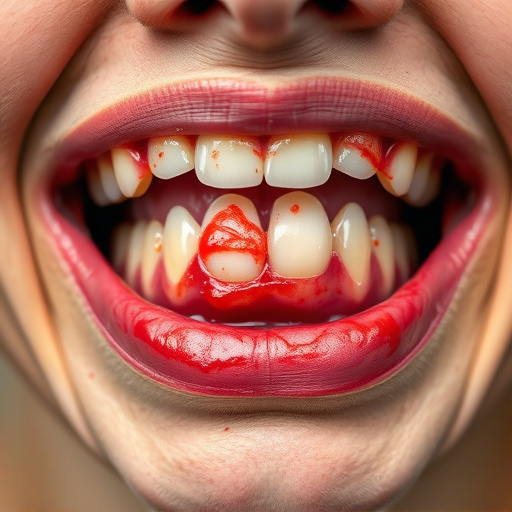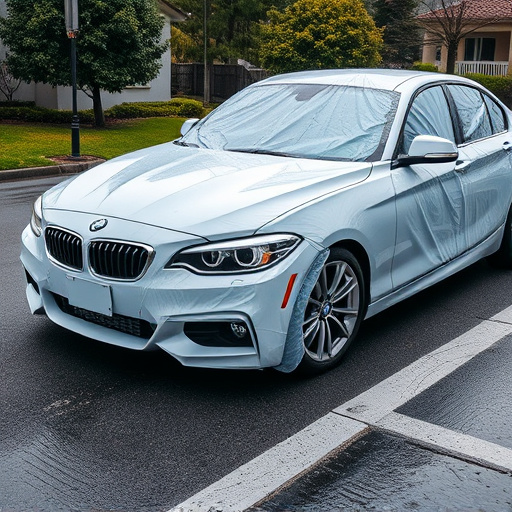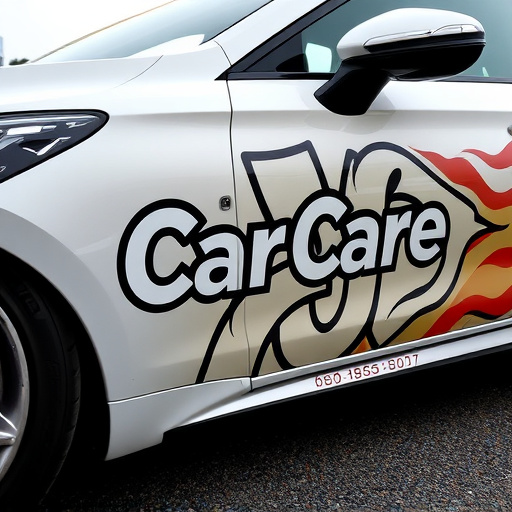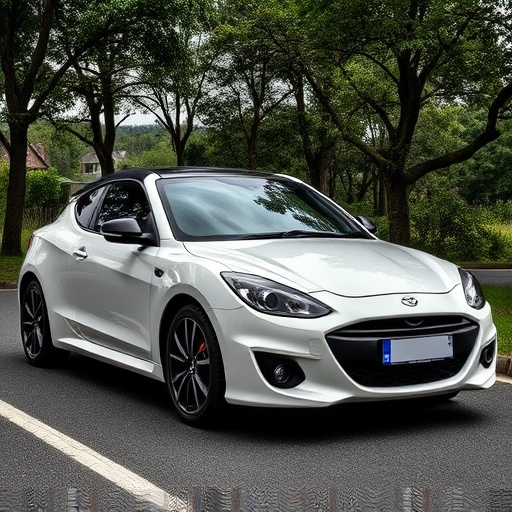Door edge protection has evolved from basic functional barriers to integrated design elements in modern vehicles. With contemporary car designs focusing on aesthetics and fuel efficiency, traditional metal sills are less common, leading to increased vulnerability for door edges. Today's solutions include high-quality vinyl wraps, impact-resistant plastics, paint protection film (PPF), and innovative door edge protectors that combine color integration, durability, and protective capabilities with sleek designs, catering to custom vehicle styling trends and safeguarding vehicles from daily wear and tear.
In an era where modern cars boast sleek, aerodynamic designs, one might wonder: do door edge protection measures still hold relevance? Historically, these safeguards have been essential for both passenger safety and vehicle preservation. Despite evolving aesthetics, today’s vehicles face new challenges from diverse driving conditions and construction materials. This article explores the evolution of door edge protection, its role in modern car design, and the continuing benefits and considerations for contemporary vehicles.
- Evolution of Door Edge Protection: Past to Present
- Modern Car Design and Its Impact on Edge Protection
- Benefits and Considerations for Contemporary Vehicles
Evolution of Door Edge Protection: Past to Present

The concept of door edge protection has evolved significantly since its inception, reflecting the changing needs and technologies in the automotive industry. In the past, vehicle bodies were more susceptible to damage from bumps, scratches, and minor collisions, leading to the development of basic door edge guards made from plastic or metal. These early forms of door edge protection were primarily functional, offering a simple barrier against impact.
As vehicles became more sophisticated with advanced materials and design, the need for robust yet discreet door edge protection grew. Today, manufacturers offer integrated solutions that blend seamlessly into the vehicle’s design, providing both aesthetic appeal and practical vehicle protection. These modern door edge guards often utilize high-quality vinyl wraps or sleek, impact-resistant plastics, enhancing the overall look while still safeguarding against nicks and dents. Moreover, with popular trends like window tinting and vinyl wraps, door edge protection has become an integral part of custom vehicle styling, combining functionality with personal expression.
Modern Car Design and Its Impact on Edge Protection

Modern car design has evolved significantly over the years, with a focus on sleek aesthetics and streamlined profiles. While this trend enhances the visual appeal and fuel efficiency, it also presents unique challenges for door edge protection. In the past, traditional metal door sills were a standard feature, offering substantial coverage and safeguarding the vulnerable edges from minor scrapes and bumps. However, contemporary vehicles often feature lower sills and more curved designs, making them susceptible to damage from low-speed collisions, parking manoeuvres, and curbs.
As a result, many modern car owners are turning to vehicle enhancement solutions like paint protection film (PPF) or paint correction services to mitigate these risks. PPF is a clear, durable film applied over the paintwork, providing an extra layer of protection against road debris and minor impacts. This door edge protection alternative not only preserves the vehicle’s original finish but also adds an invisible barrier, ensuring that even if the paint is damaged, the underlying surface remains unscathed.
Benefits and Considerations for Contemporary Vehicles

In contemporary vehicles, the need for door edge protection has evolved while retaining its significance. Traditional door edges are now more exposed due to streamlined designs focusing on aesthetics and fuel efficiency. This vulnerability makes them susceptible to scratches, dents, and heat rejection from nearby objects or harsh weather conditions. Door edge protection serves as a vital barrier, offering both scratch protection and defensive layers against thermal stress.
Considerations for modern cars include choosing protective coatings that blend seamlessly with vehicle colors, ensuring they remain functional yet discreet. Advanced technologies offer durable solutions, combining robust materials with innovative designs to withstand daily wear and tear. Given the constant innovations in automotive styling, door edge protectors can enhance a car’s overall appearance while providing long-lasting protection against potential damage.
In light of modern car design advancements, while aesthetics play a significant role, door edge protection remains an essential consideration. Despite sleek lines and advanced materials, vehicles still face potential edge damage from everyday driving conditions. Contemporary door edge protection offers both style and functionality, ensuring that modern cars maintain their aesthetic appeal while safeguarding against dings, scratches, and chips. By investing in suitable door edge protection, car owners can preserve their vehicle’s exterior and protect its value over time.

